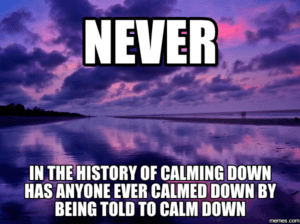Takeaways from the National Summer Learning Conference
At the beginning of the week, I was lucky to attend and present at a conference on summer learning and afterschool programs. It was sponsored by the National Summer Learning Association and School’s Out Washington, two organizations who are committed to increasing quality programs for young people that will help ensure equity in education. This year’s theme was “Dare to Disrupt” and was centered around the question of how to make sure that there are strong programs available to all kids who need them.
I wasn’t really sure what to expect, given that I haven’t worked with either of these organizations before, but I was absolutely blown away by the work they’re doing in partnership with the other folks in the room. First and foremost, I was stunned at the energy and diversity in the room. Attendees included program administrators, non-profit organizations, public school teachers, camp counselors, curriculum development specialists and librarians from all over the country. It was so great to be in the company of so many people looking at extended learning opportunities from so many different angles.
There were conversations about program management, curriculum design, leadership, equity and accessibility, cultural competency, and child development. Workshops were led with enthusiasm and expertise and the networking and idea sharing happened in hallways, over meals, and in the exhibitors’ hall.
I left the conference feeling incredibly optimistic about the opportunities being developed and offered to kids. If we can work together to find ways to extend these amazing classes and workshops to every student who needs them, we can have a significant impact on the well-being and success of every child. Right now, kids who live in poverty and children of color are disproportionately unable to engage in enrichment classes, but there is a great deal of effort and energy going in to making that a thing of the past. And if anyone can do it, it is this group of committed adults. I am honored to have spent some time with them this week.



